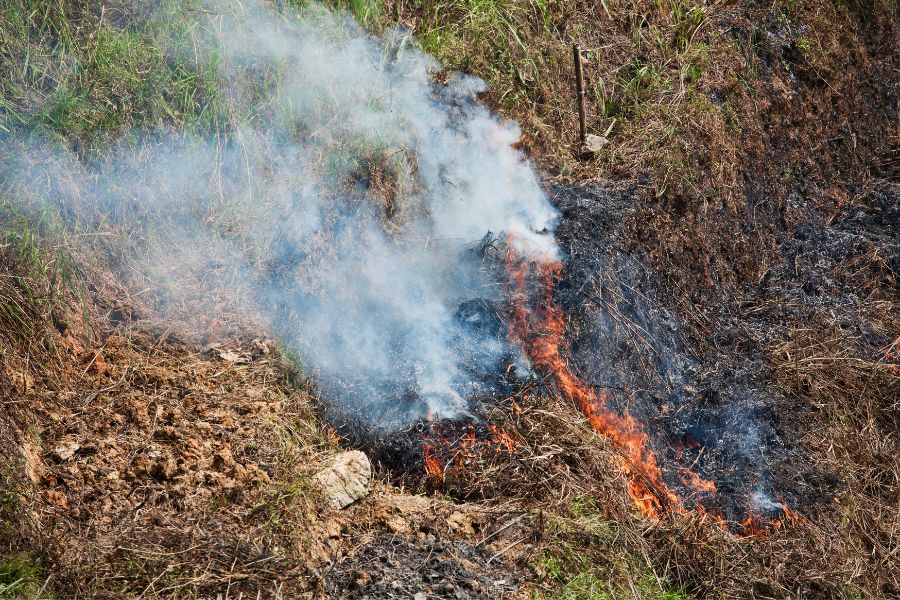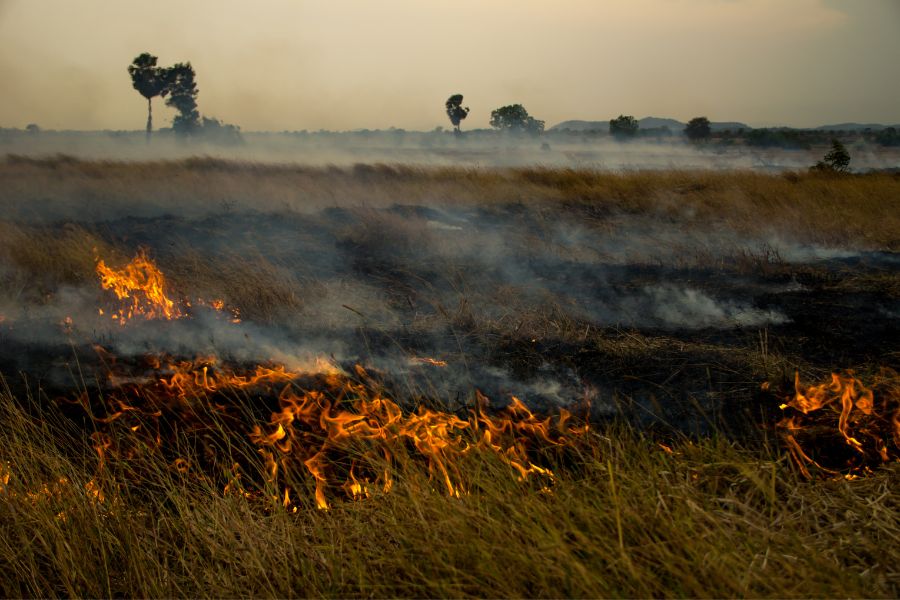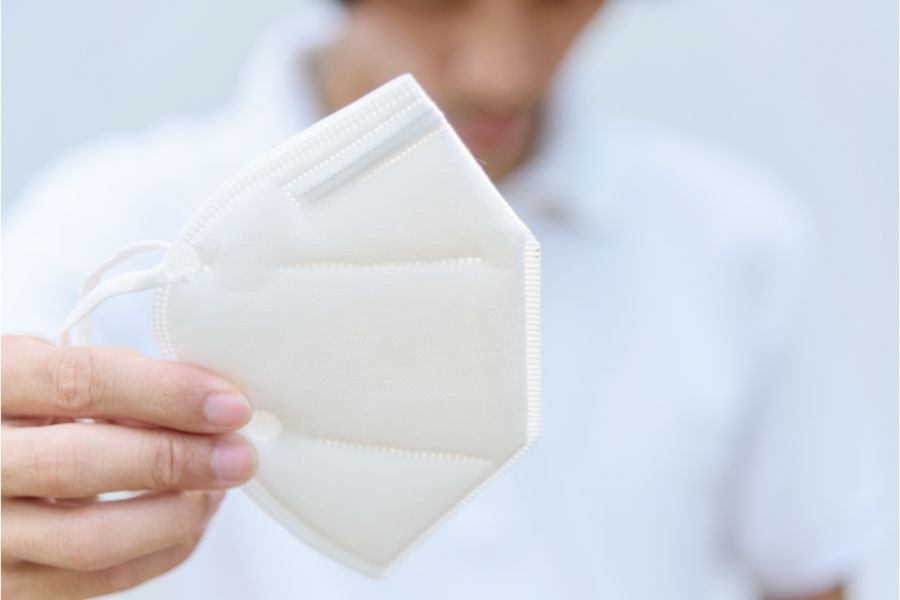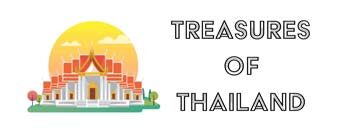While Chiang Mai is one of the most sought-after destinations in Thailand, there is one time of year when it’s not so pleasant; the Chiang Mai Burning Season.
The infamous Burning Season in Chiang Mai can be the worst time to visit the region, as it brings with it smog and polution, as well as hot temperatures.
But if you’re going to be in Chiang Mai during this period, don’t worry, we’ve prepared all the info you need to navigate this smoky season like a pro!
Why is there a burning season in Thailand?

The reason behind the burning season in Chiang Mai is so farmers can clear land after harvesting crops, and prepare it for the next agricultural cycle.
It’s the quickest and easiest way to remove agricultural waste, and it’s also cost effective.
Sadly, the downside to this practice, is that it leads to air pollution, affecting both locals and tourists.
The burning of crops, combined with wind patterns and the fact that it’s done during the hottest time of the year, create a huge smog, or smoke, that wafts over Northern Thailand on the whole.
When Is Chiang Mai Burning Season and How Long Does It Last?
The burning season in Chiang Mai typically occurs between late February or early March until April, however it can sometimes begin in late January and continue on until May.
Burning needs to happen when the wind and weather conditions are optimal, in order to reduce the amount of pollution created and to ensure fires don’t burn out of control, so it’s not a specific time as to when it starts and finishes.
During this time, the air quality can deteriorate due to the burning of agricultural waste and forests in Northern Thailand, and the worst pollution/air quality tends to be in mid-March and on into late April. The pollution will usually linger until a rainstorm hits to clear it away.
But fear not, it’s not a continuous smoky nightmare throughout these months. The intensity of the haze may vary from day to day, with the most smog in the middle of the day when the wind dies down, so it’s crucial to stay updated during your visit.
You can check the Thailand Air Quality Index for reports of levels of pollution in specific areas in Thailand on any given day.
What Do They Burn in Chiang Mai?

During the burning season, you’ll mainly find farmers are burning agricultural waste, such as rice straw and corn husks. They also burn crops that were unable to sell on the market, and other materials that may lay in their fields.
The smoke from these fires contains fine particulate matter (PM2.5), which can be harmful and irritating to the respiratory system.
The biggest cause of pollution however, is when the burning of agriculture gets out of control and causes forest fires. The forest fires contribute to 90% of the pollution caused during burning season.
Where is affected by the Burning Season?
While Chiang Mai is the most well-known destination affected by the burning season, other parts of Northern Thailand, such as Chiang Rai, Pai, and Mae Hong Son, also experience similar conditions.
The severity of the haze can vary across different locations in the region. Chiang Mai is the worst affected, with more than 75% of the air pollution caused by the burning season during this time of year.
Tips for Visiting Thailand During the Burning Season

If you happen to be in Chiang Mai, or anywhere in Thailand during the burning season, here are some important tips to consider.
- Stay Updated: Keep a close eye on air quality reports and weather forecasts. Several websites and smartphone apps provide real-time data on air pollution levels in Chiang Mai. Adjust your plans accordingly to avoid the worst days.
- Protect Yourself: When venturing out during smoky days, wear a high-quality mask, preferably an N95 or equivalent, to filter out harmful particles. Additionally, consider carrying eye drops and throat lozenges to alleviate any discomfort caused by the smog.
- Opt for Indoor Activities: On days when the air quality is particularly bad, explore indoor attractions such as museums, art galleries, or take part in cooking classes to make the most of your time in Chiang Mai without compromising your health.
- Escape to Cleaner Air: If the smoky conditions become unbearable, consider visiting less affected areas by the burning season. The islands in Southern Thailand are a good place to go when the air quality becomes unmanageable as the air is usually unaffected here.
- Get An Indoor Air Purifier: If you cannot leave Chiang Mai, invest in an indoor air purifier to protect your home from harmful particles in the air.
Final Thoughts
Remember, the burning season in Chiang Mai may pose challenges, but with proper planning and precautions, it’s possible to stay safe.
While it may not be the best time of year to visit Chiang Mai, we hope this guide helped give you some understanding as to what it’s like during this time of year and what you can do to protect yourself.
Remember to stay informed, stay safe, and if all else fails, head to the coast.
